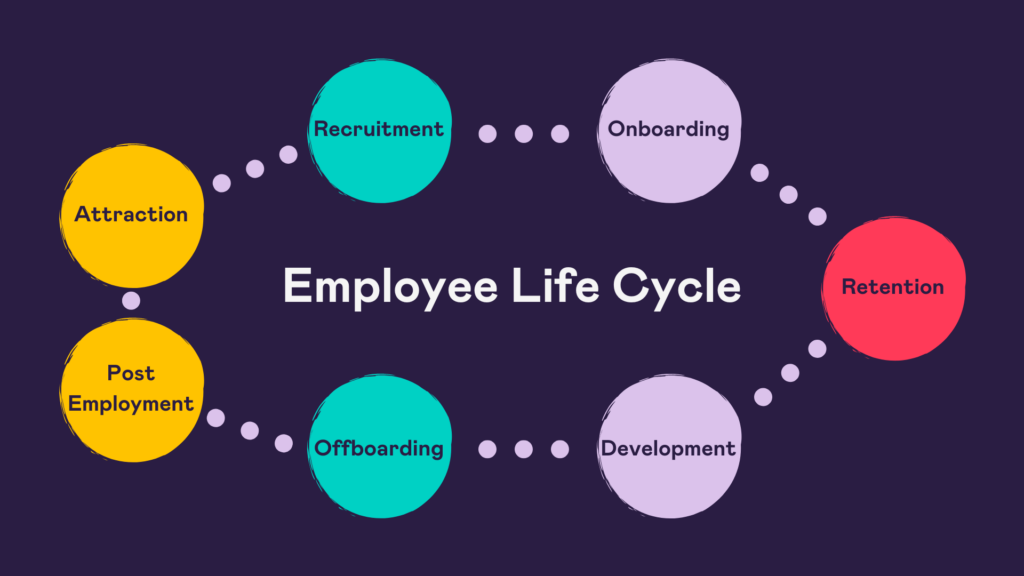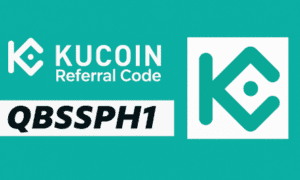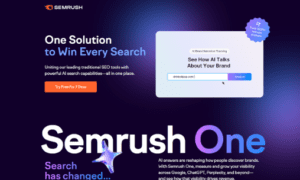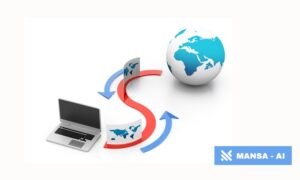Managing the employee lifecycle is one of the most important responsibilities of any HR department. From the very first day an employee is hired to their last day at the organization, every step in their journey involves numerous tasks, documents, communications, and compliance requirements. Traditionally, HR teams managed these activities manually, which often led to delays, errors, and inconsistent experiences. However, with the rise of digital transformation, organizations are now turning to hr automation software to streamline and enhance their entire employee lifecycle.
HR automation software is designed to simplify complex processes by automating repetitive tasks, reducing paperwork, and improving data accuracy. From onboarding new hires to managing benefits, tracking performance, and handling offboarding procedures, this technology ensures that HR teams can focus more on strategy and less on routine work. It not only increases efficiency but also enhances the overall employee experience by making every interaction smoother and more transparent.
One of the most critical stages in the employee lifecycle is onboarding. A well-structured onboarding process sets the tone for an employee’s entire journey with the company. With HR automation software, HR professionals can automate the creation of offer letters, manage document submissions, and schedule training sessions. Automated checklists ensure that no step is missed, and new hires receive timely updates, helping them settle in faster and feel more connected from day one.
Performance management is another key area where automation plays a vital role. With integrated tools, managers can set goals, monitor progress, and provide continuous feedback in real time. Employees also benefit from transparent performance metrics and clear development plans. This kind of streamlined communication leads to increased motivation and productivity, helping businesses retain their top talent.
As employees grow within the organization, HR teams must also handle promotions, role changes, and training requirements. HR automation software can easily track skills, manage learning paths, and schedule necessary training sessions. This ensures that employees remain aligned with their roles and are continuously developing the skills needed to succeed. Automating these tasks reduces administrative burden and allows HR to provide more personalized development opportunities.
Offboarding, though often overlooked, is just as important as onboarding. A well-managed offboarding process ensures that departing employees leave with a positive impression, reducing the chances of negative feedback or legal risks. Automated workflows help HR teams collect company property, revoke system access, and conduct exit interviews in a timely and professional manner. Additionally, all documentation is stored securely, ensuring compliance with company policies and legal requirements.
Agentic AI is becoming an important part of the evolution in HR automation. Unlike traditional systems that require constant human input, agentic AI enables proactive decision-making and task execution based on context and behavior. This allows HR departments to respond to employee needs faster and with greater accuracy. Whether it’s scheduling interviews or identifying potential flight risks, AI-driven agents can handle tasks independently, improving the overall agility of HR operations.
Moreover, the integration of advanced technologies in hr automation software allows businesses to customize workflows based on their unique needs. For example, different departments or regions might require different onboarding steps or compliance protocols. Automation platforms can be tailored to handle these variations without compromising on efficiency or accuracy.
In conclusion, hr automation software is transforming how organizations manage the entire employee lifecycle. From onboarding to offboarding, automation ensures that each stage is handled with precision, consistency, and care. By eliminating manual tasks, improving communication, and supporting employee growth, businesses can create a more productive and engaging workplace. The inclusion of agentic AI further enhances this capability, making HR departments smarter and more responsive. As companies continue to focus on employee experience and operational efficiency, investing in automation becomes not just a convenience, but a strategic advantage.





























